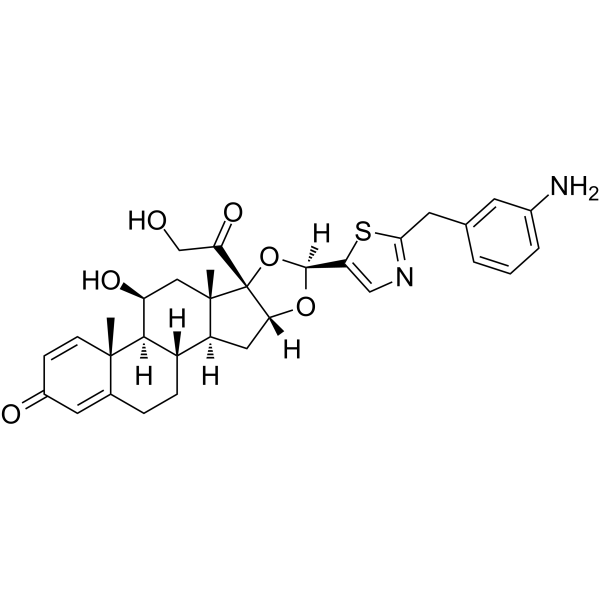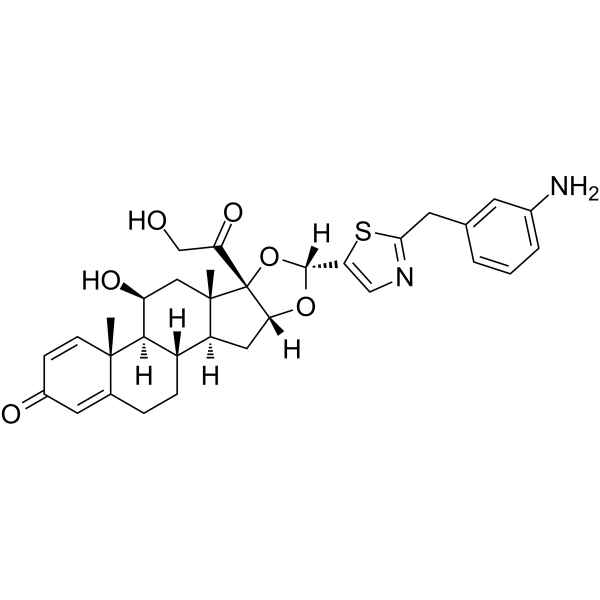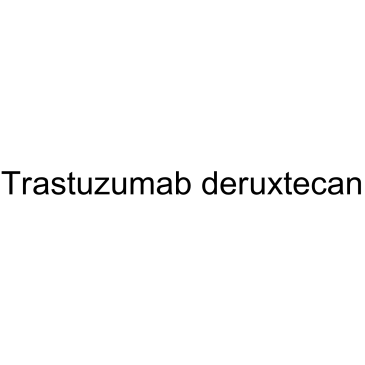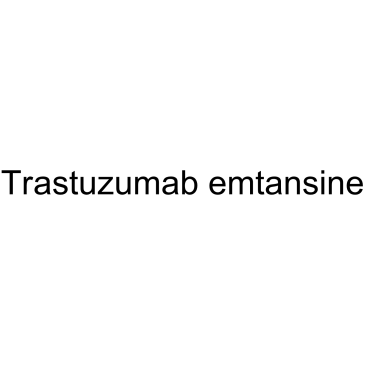Antibody-drug Conjugate (ADC)
The antibody-drug conjugate (ADC), a humanized or human monoclonal antibody conjugated with highly cytotoxic small molecules (payloads) through chemical linkers, is a novel therapeutic format and has great potential to make a paradigm shift in cancer chemotherapy. This antibody-based molecular platform enables selective delivery of a potent cytotoxic payload to target cancer cells, resulting in improved efficacy, reduced systemic toxicity, and preferable pharmacokinetics (PK)/pharmacodynamics (PD) and biodistribution compared to traditional chemotherapy.
All three component parts of an ADC, the antibody, the cytotoxic agent, and the linker that joins them, are critical elements in its design. The antibody moiety should be specific for a cell surface target molecule that is selectively expressed on cancer cells, or overexpressed on cancer cells relative to normal cells. The payload of an ADC must be highly cytotoxic so that it can kill tumor cells at the intracellular concentrations achievable following distribution of the ADC into solid tumor tissue, and because only a limited number of payloads can be linked to an antibody molecule (typically an average of 3-4 payloads per antibody) without severely compromising its biophysical and pharmacokinetic properties. The cytotoxic compounds include derivatives of calicheamicin, a class of highly cytotoxic enediyne antibiotics which kill cells by causing DNA double-strand breaks, and derivatives of the potent antimitotic microtubule-disrupting agents, dolastatin 10 (auristatins) and maytansine.
The third vital component of an ADC is the linker that forms a chemical connection between the payload and the antibody. The linker should be sufficiently stable in circulation to allow the payload to remain attached to the antibody while in circulation as it distributes into tissues (including solid tumor tissue), yet should allow efficient release of an active cell-killing agent once the ADC is taken up into the cancer cells. Linkers can be characterized as either cleavable, or as non-cleavable.
Products for Antibody-drug Conjugate (ADC)
- Cat.No. Nom du produit Informations
-
GC68296
Brentuximab vedotin

-
GC64039
Disitamab vedotin
Le disitamab vedotin (RC48) est un conjugué anticorps-médicament (ADC) comprenant un anticorps monoclonal dirigé contre le récepteur 2 du facteur de croissance épidermique humain (HER2) conjugué via un lieur clivable À l'agent cytotoxique Monomethyl auristatin E (MMAE). Le disitamab védotine renforce l'immunité antitumorale.

-
GC65287
INX-SM-56
INX-SM-56 est un conjugué anticorps-médicament anti-VISTA et peut être utilisé pour l'administration ciblée d'agents anti-inflammatoires.

-
GC65286
INX-SM-6
INX-SM-6 peut être utilisé pour l'administration ciblée d'un agent anti-inflammatoire.

-
GC61473
Trastuzumab deruxtecan
Le trastuzumab deruxtecan (DS-8201a) (solution) est un conjugué anticorps-médicament (ADC) anti-récepteur du facteur de croissance épidermique humain 2 (HER2). Le trastuzumab deruxtecan est composé d'un anticorps anti-HER2 humanisé, d'un lieur peptidique clivable enzymatiquement et d'un inhibiteur de la topoisomérase I. Le trastuzumab deruxtecan peut être utilisé pour la recherche sur le cancer du sein HER2-positif et le cancer gastrique.

-
GC61490
Trastuzumab emtansine
Le trastuzumab emtansine (Ado-Trastuzumab emtansine) est un conjugué anticorps-médicament (ADC) qui intègre les propriétés antitumorales ciblées HER2 du trastuzumab avec l'activité cytotoxique de l'agent inhibiteur des microtubules DM1 (dérivé de la maytansine). Le trastuzumab emtansine peut être utilisé pour la recherche sur le cancer du sein avancé.



